'Tis the season of the wasp.
If you’ve tried to have a picnic in a park, or dinner on a restaurant patio, or eat outside anywhere, you might have encountered a few unwanted intrusions of late.
As summer slumps into fall, the little black and yellow guys get extra aggressive. In wasp world, the queen has died and the young bucks of the nest have nothing better to do. They’re flying about looking for trouble, mixing it up, chasing the unwary, attacking innocents. In general, they’re being a pain in the butt with their pain-giving butts.
For most folks, a wasp sting is a painful nuisance. For others it’s a bit more serious.
A friend recently disturbed a wasp nest while doing some yard work. They chased her all the way back to her house. In the frenzied pursuit, they managed to sting her right below the eye. She didn’t think much of it until about 20 minutes later, when she suddenly had trouble clearing her throat. Before full-on anaphylactic shock could whisk her away to the great hive mind in the sky, the medical folks flew in and a happy ending ensued.
Like most natural creatures, there are patterns of behaviour at work in wasp society, although it sometimes feels that the little buggers are just a-holes for the sake of it.
Picture yourself tootling down the sidewalk, looking at flowers, waving at the neighbours, generally minding your own business. Suddenly out of the blue, searing agony in your hand. Look down and what do you see? Bands of black and yellow. Even if it’s only instinct in action, there still appears to be some unwarranted nastiness at work. Think of the particularly belligerent expression on their tiny little faces. I think they like it — the running, the screaming, the panic.
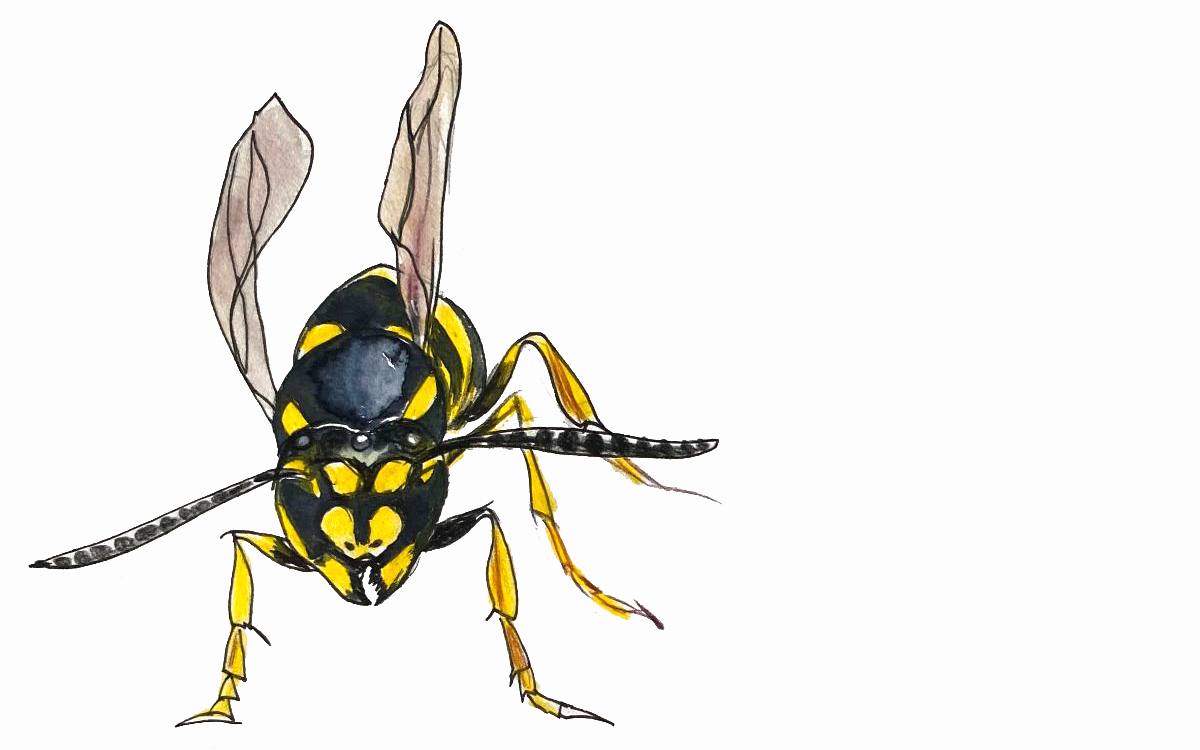
In the life cycle of the average wasp, the earlier part of the summer is actually mighty beneficial. The stripey little guys are busily pollinating flowers, eating mosquitoes, being good providers by bringing foodstuff back to the growing crop of wiggly larvae.
In addition to feeding the thousands of their fellow workers, the wasp boys are also helping create some architectural marvels, structures that rival human masters of the built form such as as Antoni Gaudí or Frank Gehry.
Wasps’ nests, constructed out of chewed-up bits of wood, are fashioned into intricate social spaces that are positively mathematical in their precision and execution. Each hexagonal cell is home to an egg, from which emerges a new wasp.
Under the direction of their ruling monarch, these structures get bigger and more elaborate over the warmer months. The creatures build gangways between the layers of incubation cells alongside other hangout spaces for wasp dudes to congregate.
As summer meanders on, the wee wasp babies grow up, take wing, and assume their duties of larvae-minding and hive-building. All is well in wasp world for a time. But when the queen enters the final stages of her highly productive life, she ceases to lay eggs. Eventually, she slips this mortal coil, and the many worker boys are left with little to do. Here is where things go from positive and fruitful to less-than desirable. Enter the disruption at outdoor dinner parties and children’s birthday fetes.
As queen-less wasp society breaks down, the regular rules are abandoned. Red anarchy is loosed. The great hullabaloo of swatting, running and stinging begins.
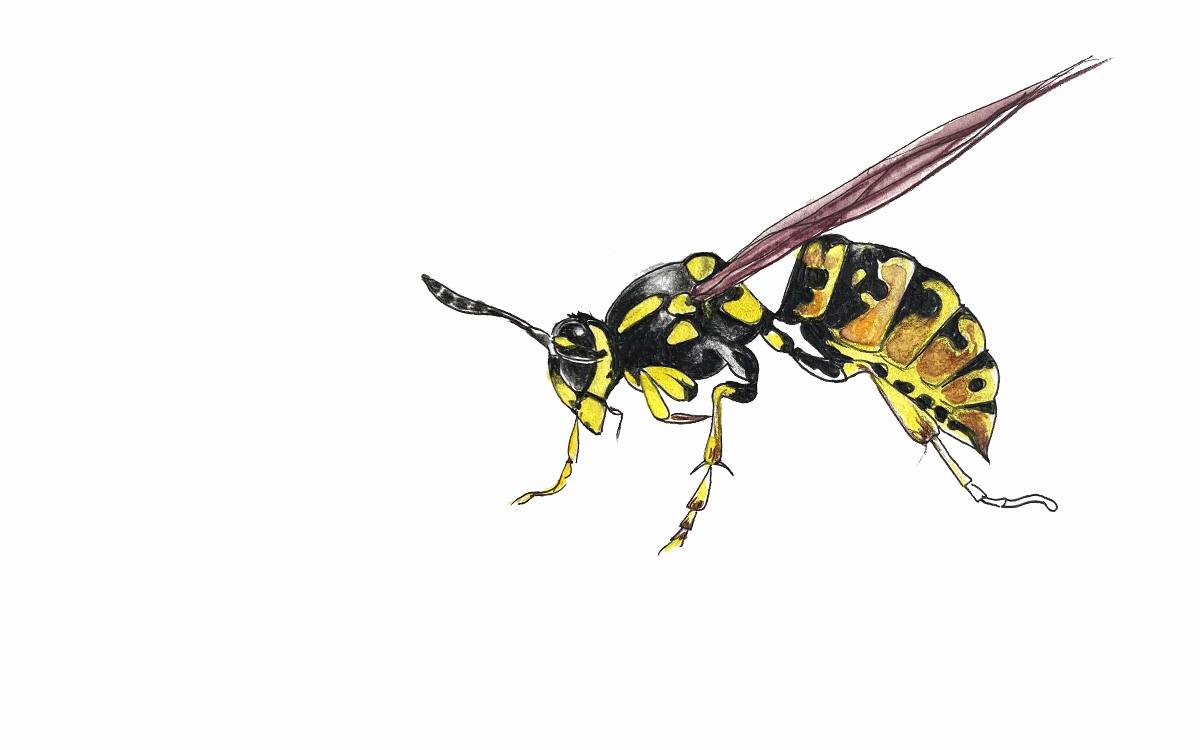
Lessons in repression
If you view human behaviour through this insectile lens, one could make the argument that incels, without any greater purpose — job, family, food — are similarly kicking about, leading to all manner of mayhem. In this aspect, insects and incels have something in common. Both are looking for an outlet for all their unreleased anger and stinger dingers.
For those folks, scratching their noggins, whispering under their breath, “what’s an incel?” The short answer is young men (largely men, it would seem) who are involuntarily celibate and more than a little aggrieved by the situation. In this fashion, they are not unlike the wasps, who no longer in the service of reproduction and the queen, roam the world and take revenge on anything that blunders into their path.
The difference is that while both incels and wasps are angry creatures, one is a few centimetres in length, the other can range wildly in both size and level of aggression. Some hide behind keyboards and attack from a distance. Others send mean tweets or comments in public forums. Still others band together, find a basement in which to gather, and play Dungeons & Dragons while decrying the perfidy of the opposite sex. A rare few, thankfully rare, commit actual violence in the real world.
While the threat of incels has been sufficient to have them labelled terrorist organizations, there is an element of behaviour upended that has always struck me about their particular combination of longing and anger.
What can we learn from our little winged buddies that can be applied to larger humanoids?
Wasps, like their gentler cousins the honeybees, are super-organismal creatures, meaning that insect society is predominated by a single magnificent queen. This diva, in addition to laying many thousands of eggs, provides meaning, purpose and function to the rest of the colony. Far larger than all her subjects, in addition to creating an entire colony of baby wasps, she is also an architect, an explorer, a sexual dynamo and a benign ruler. Revered for her beauty, her power, and her extraordinary fecundity, she is a queen in every sense of the word.
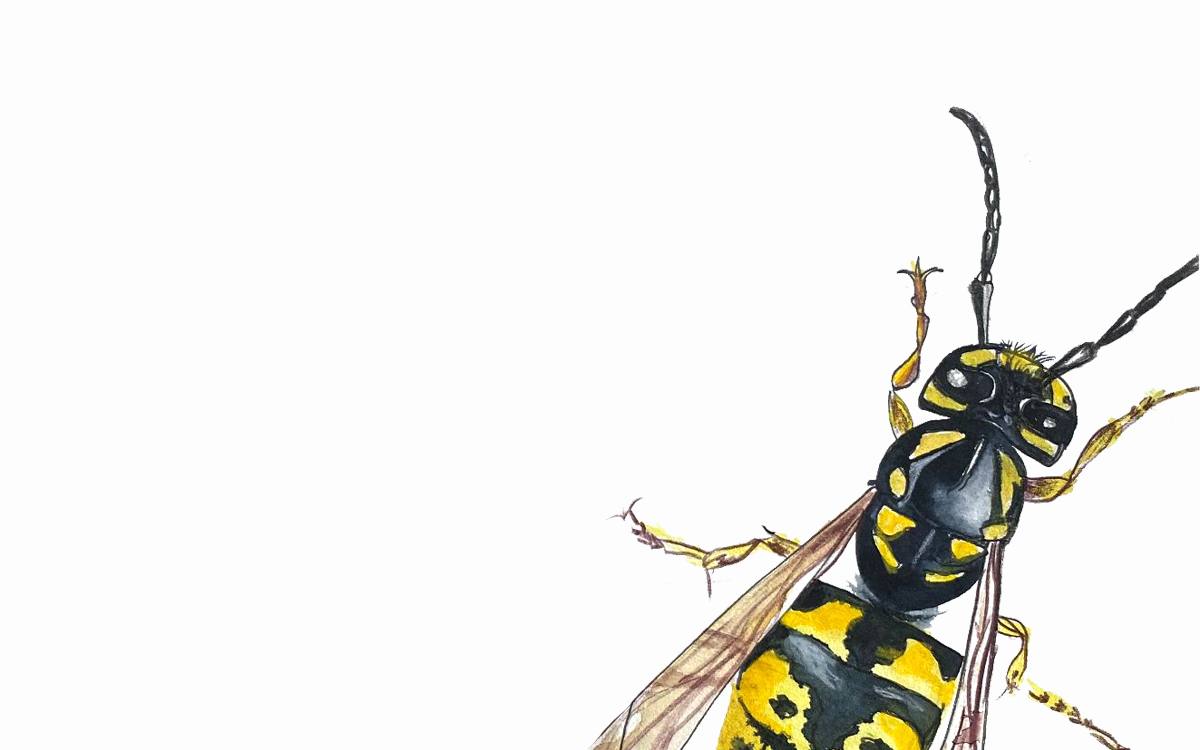
A fork in the path
Here is where incels and insects differ. Whereas wasps without their leader appear lost and unclear on their purpose, they do not blame her for their woes — in fact, I think it might be entirely the opposite. In their tiny little waspish hearts, the death of the queen lets loose a deep and primal grief: a longing for the measured clarity of her rule, and a return to usefulness. Alas, ‘tis not to be. There is a pattern to all things under the sun, and this holds true for our little flying friends/nemeses. Mortality looms and with it, all decorum and politesse is jettisoned. It’s stinging time, me boyos.
If you want to avoid attacks from angry sexless bugs, you just have to wait it out. Once the colder weather arrives, the angry little guys drop from the sky, and they’re gone.
With humans, it’s a little less straightforward. Short of avoiding the entire internet, it is difficult to avoid any and all contact with angry dudes. They’re everywhere. They’re writing pissy reviews of the Barbie movie on Rotten Tomatoes, wading into online discussions about the prime minister’s recent separation, just generally being unpleasant in public.
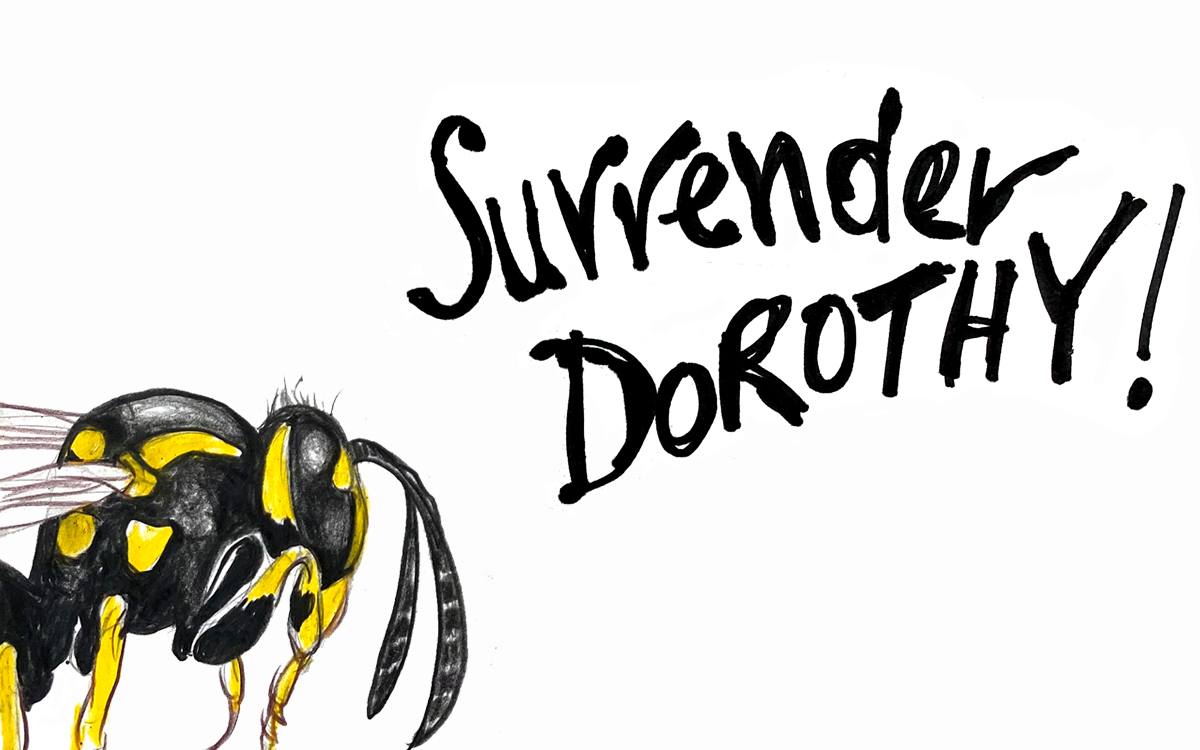
If these men were actually wasps, you might wave them off. But being human, they’re much harder to get rid of. Like most creatures, the key might be understanding. Knowing why wasps get aggressive at this time of year can not only help you avoid them but also perhaps have a degree of sympathy for their plight. It’s harder with humans. Like wasps at the end of the summer, incels have lost the plot. With no greater directives in place, no means to direct their energy in a more positive way, things can turn ugly and mean.
The commonality that links incels and insects is a reason for being. Everything on the planet needs one. In this, the experience of wasps might hold a lesson for humans. Every Ken needs a Barbie. Every drone needs a queen. Without them, worlds crumble like paper. As go the wasps, so too us humans. ![]()
Read more: Gender + Sexuality, Environment




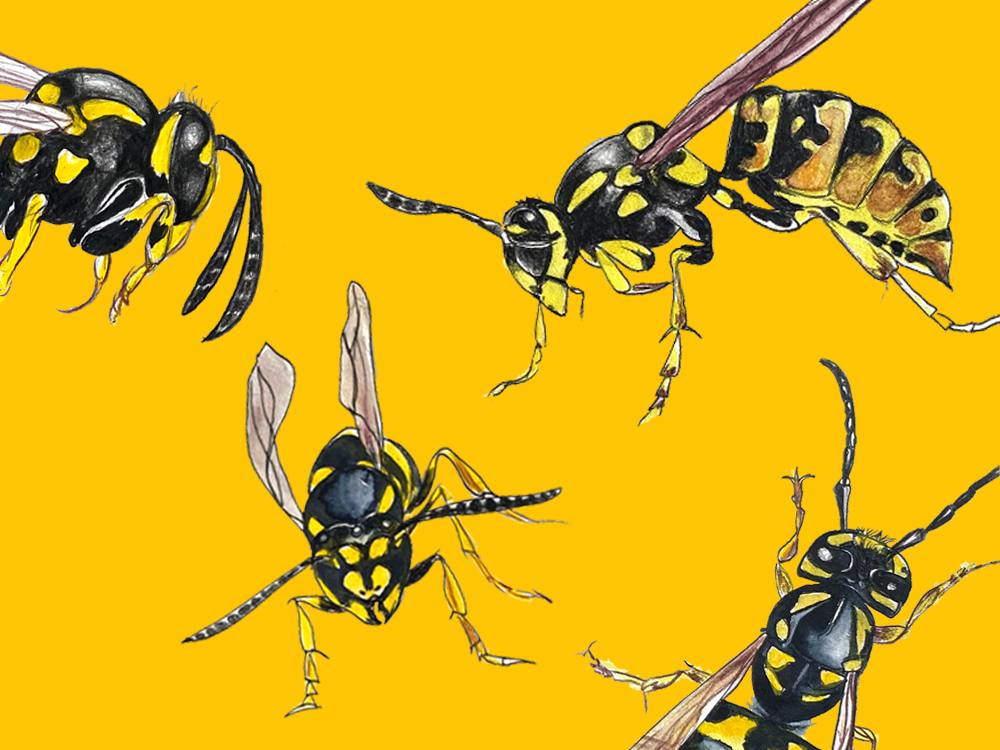












Tyee Commenting Guidelines
Comments that violate guidelines risk being deleted, and violations may result in a temporary or permanent user ban. Maintain the spirit of good conversation to stay in the discussion and be patient with moderators. Comments are reviewed regularly but not in real time.
Do:
Do not: